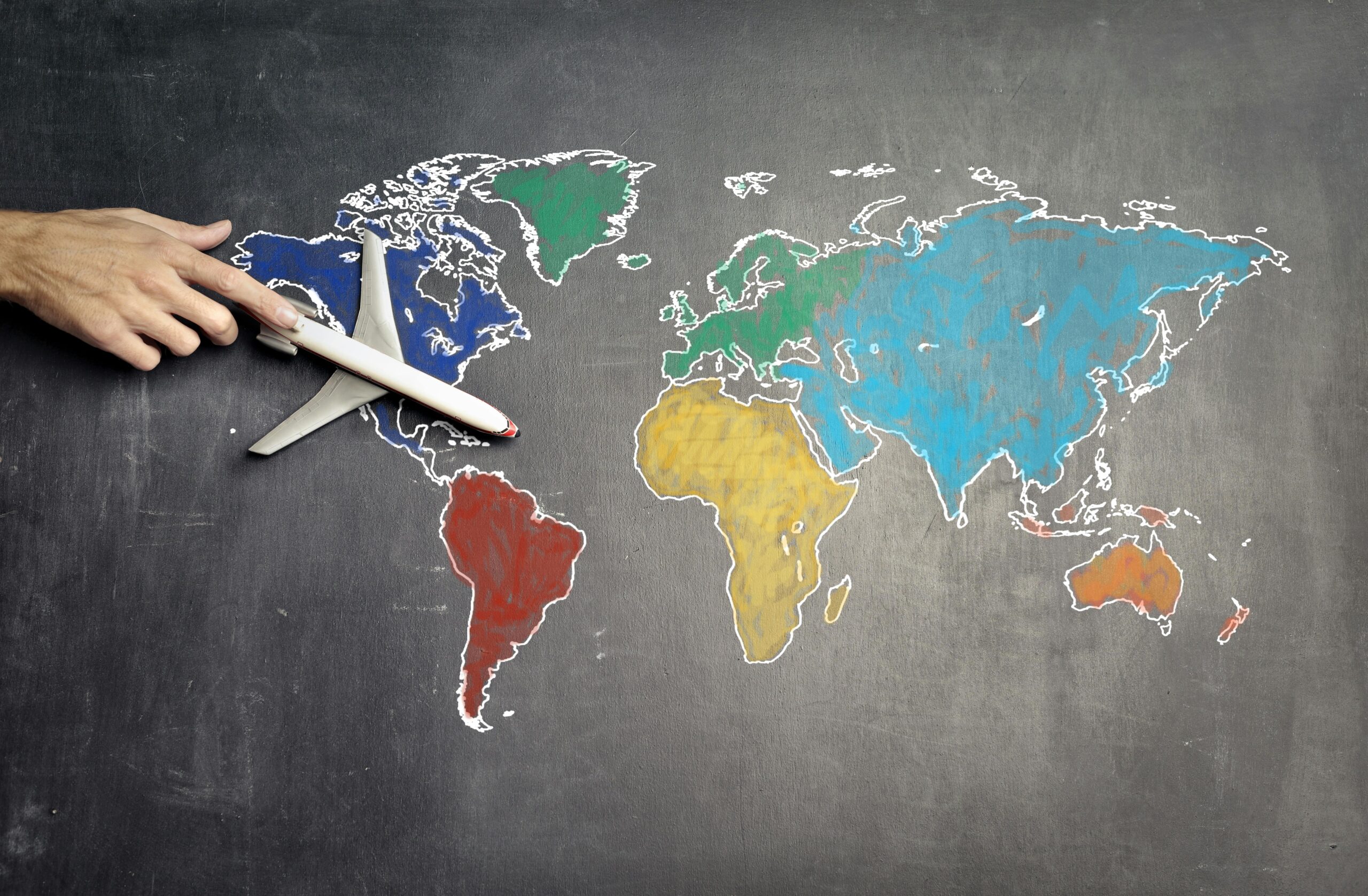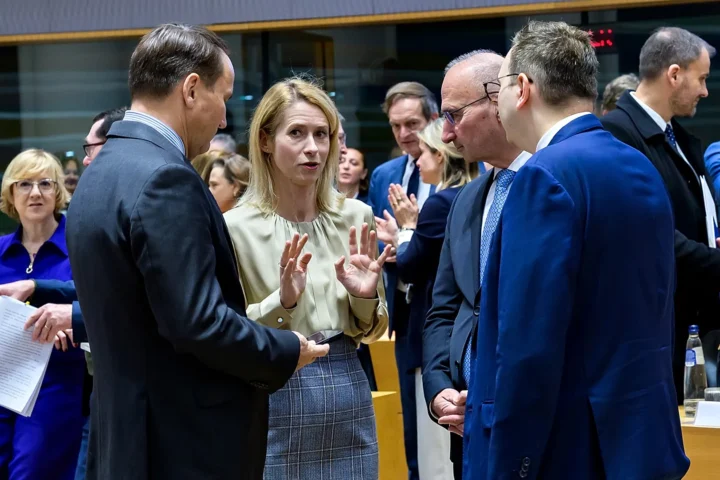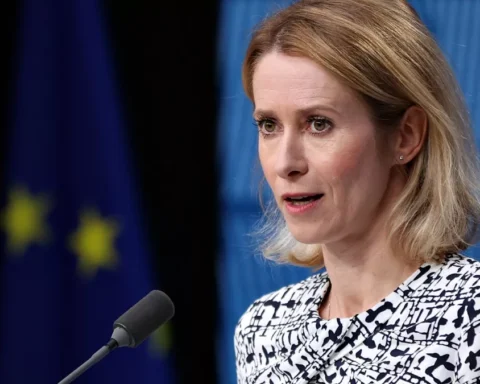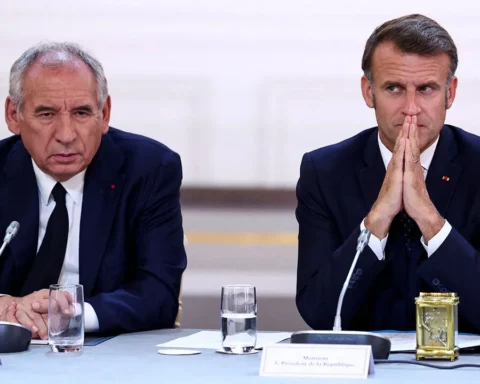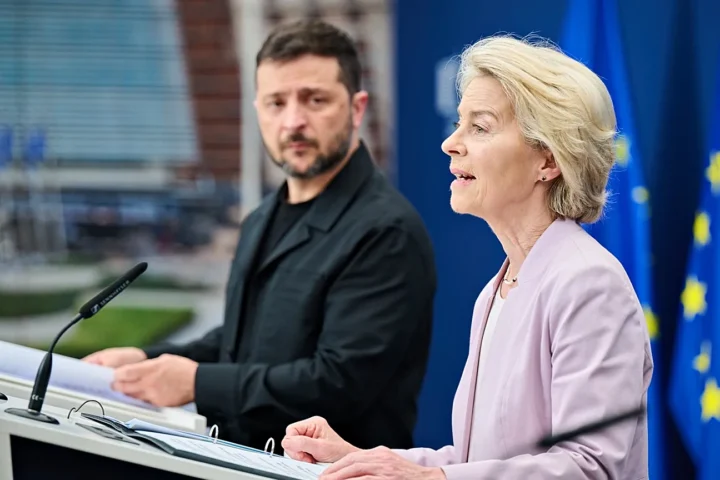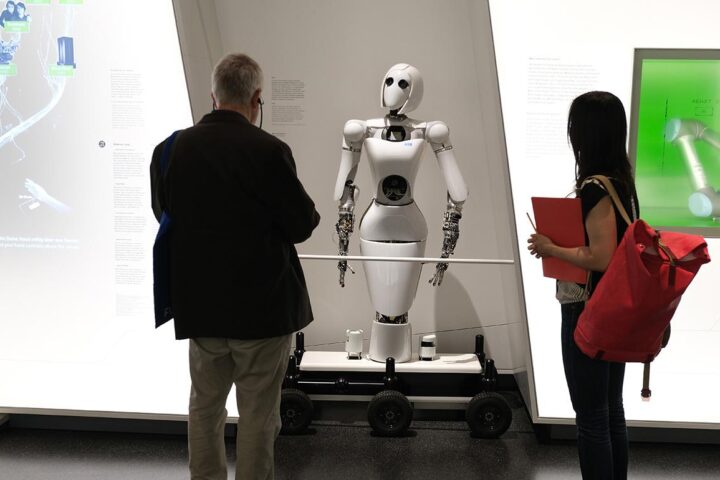As education becomes increasingly global, intercultural communication is a vital skill that students must master to thrive in today’s interconnected world. Classrooms now encompass diverse cultures, languages, and perspectives, making effective communication a central component of the learning experience. Educators are challenged to not only deliver subject knowledge but also to foster an inclusive environment where students from different backgrounds can collaborate and learn from one another. This article delves into innovative practices for enhancing intercultural communication in the classroom, preparing students to succeed in a globalized society.
The Growing Importance of Intercultural Communication in Education
In the modern classroom, intercultural communication has become more important than ever. With increasing numbers of students attending universities abroad or participating in international exchange programs, classrooms are more culturally diverse than in any previous era. According to global education statistics, international student enrollment in higher education has grown by nearly 50% over the last decade.
Moreover, the rise of online learning platforms has introduced the potential for students from all over the world to collaborate virtually. However, with this diversity comes the potential for miscommunication, cultural misunderstandings, and even conflict. It is the responsibility of educators to help students navigate these challenges through structured learning and communication strategies that respect cultural differences.
Key Areas of Focus for Intercultural Communication in Education
- Cultural Sensitivity Training: One of the first steps in fostering intercultural communication is helping students become more aware of their own cultural biases and assumptions. Educators can create activities that encourage students to reflect on their cultural backgrounds and how these influence their interactions with others.
- Language and Non-Verbal Cues: Intercultural communication often involves navigating both language barriers and non-verbal communication differences. Students need to learn how body language, gestures, and facial expressions vary across cultures, as well as how to adjust their own non-verbal cues to be better understood.
- Collaborative Learning with International Peers: Encouraging collaboration among students from different cultural backgrounds helps develop intercultural communication skills. By working in diverse groups, students are forced to engage with different perspectives, adapt their communication styles, and learn how to collaborate effectively.
- Conflict Resolution in Multicultural Settings: Misunderstandings are bound to occur in a culturally diverse classroom. Educators can teach students practical conflict resolution skills that take cultural differences into account, enabling them to address issues diplomatically and respectfully.
Innovative Practices to Promote Intercultural Communication
To meet the challenges of a global classroom, educators must adopt innovative teaching practices that enhance intercultural communication. Here are some methods currently being used in educational settings:
- Virtual Exchange Programs: These programs connect classrooms from different countries, allowing students to work on projects together while practicing their intercultural communication skills. Virtual exchanges foster mutual understanding and allow students to engage with peers from diverse backgrounds without the need for travel.
- Role-Playing and Simulations: Role-playing activities can help students step into another person’s shoes, encouraging empathy and a deeper understanding of cultural differences. Simulations can recreate real-world scenarios, such as international negotiations or cross-cultural collaborations, giving students practical experience in navigating intercultural communication challenges.
- Global Case Studies: By using case studies from different regions of the world, educators can expose students to a variety of cultural contexts. This not only improves their critical thinking skills but also provides a practical framework for understanding how cultural differences impact communication and decision-making.
- Incorporating Multicultural Perspectives into the Curriculum: Educators can integrate examples, readings, and case studies from diverse cultures into their curriculum, ensuring that students are exposed to a wide range of perspectives. This approach promotes inclusivity and helps students develop a more global mindset.
Looking Forward: The Future of Intercultural Communication in Education
As classrooms continue to grow more diverse, the ability to communicate effectively across cultures will become an increasingly essential skill. The future of intercultural communication in education will likely involve more immersive technologies, such as virtual reality simulations, that provide students with more realistic and engaging experiences in navigating cultural differences.
Furthermore, schools and universities will need to continue developing curricula that prioritize intercultural competence, ensuring that students are well-equipped to work in diverse environments. The importance of intercultural communication in education cannot be overstated—by fostering understanding, empathy, and collaboration, educators are preparing students for success in an increasingly globalized world.
Article written by – Muhammad Ashraf Azrul.
